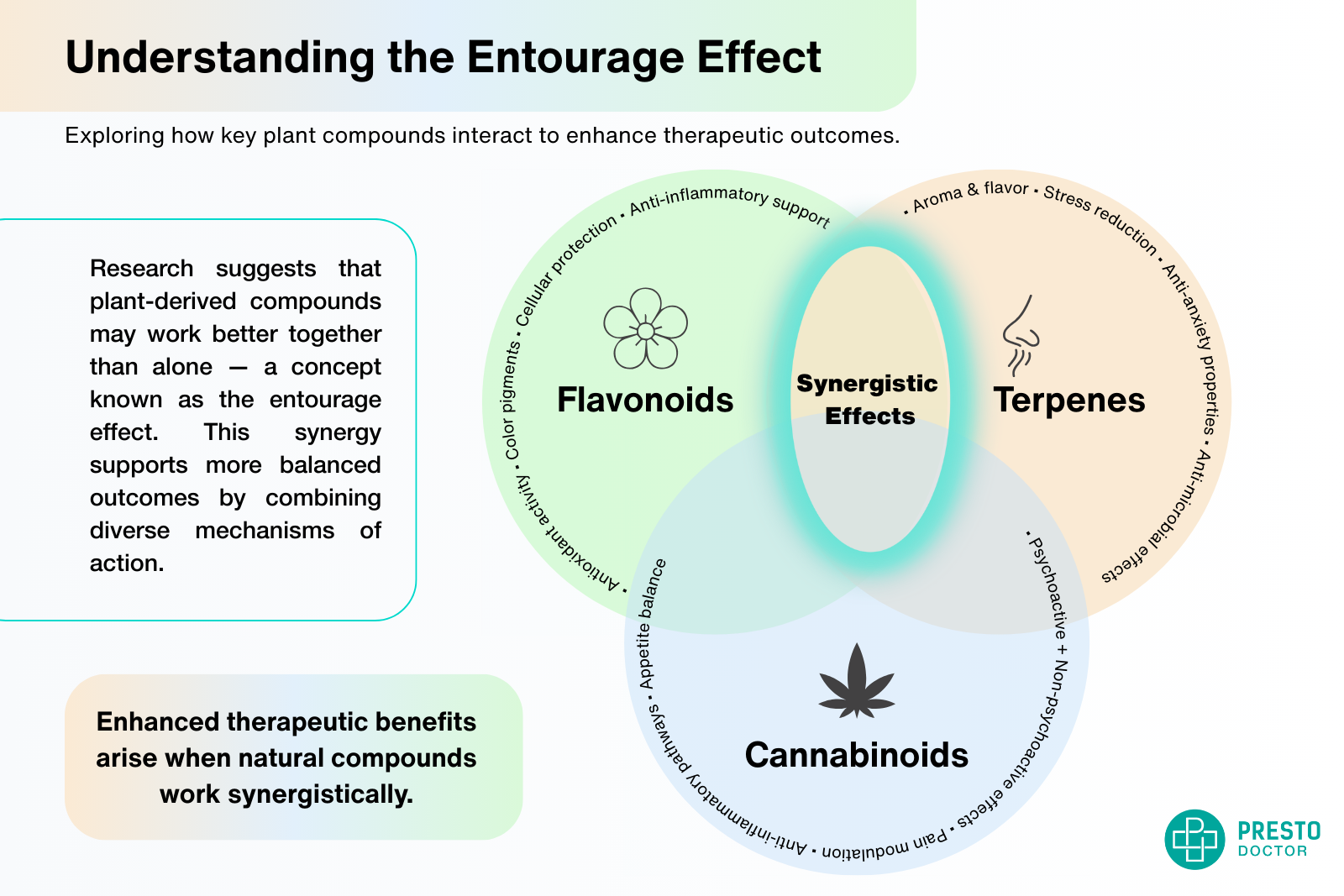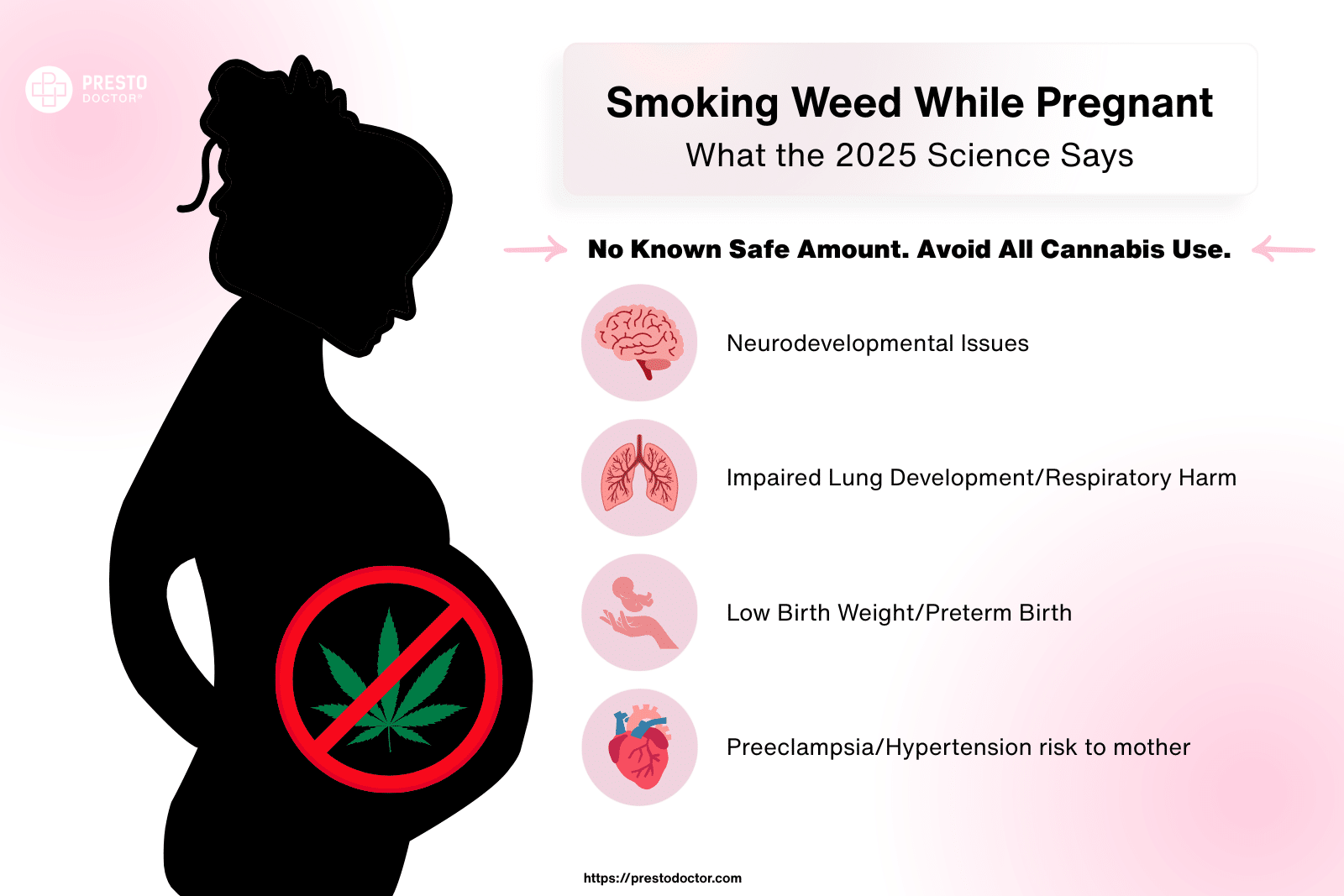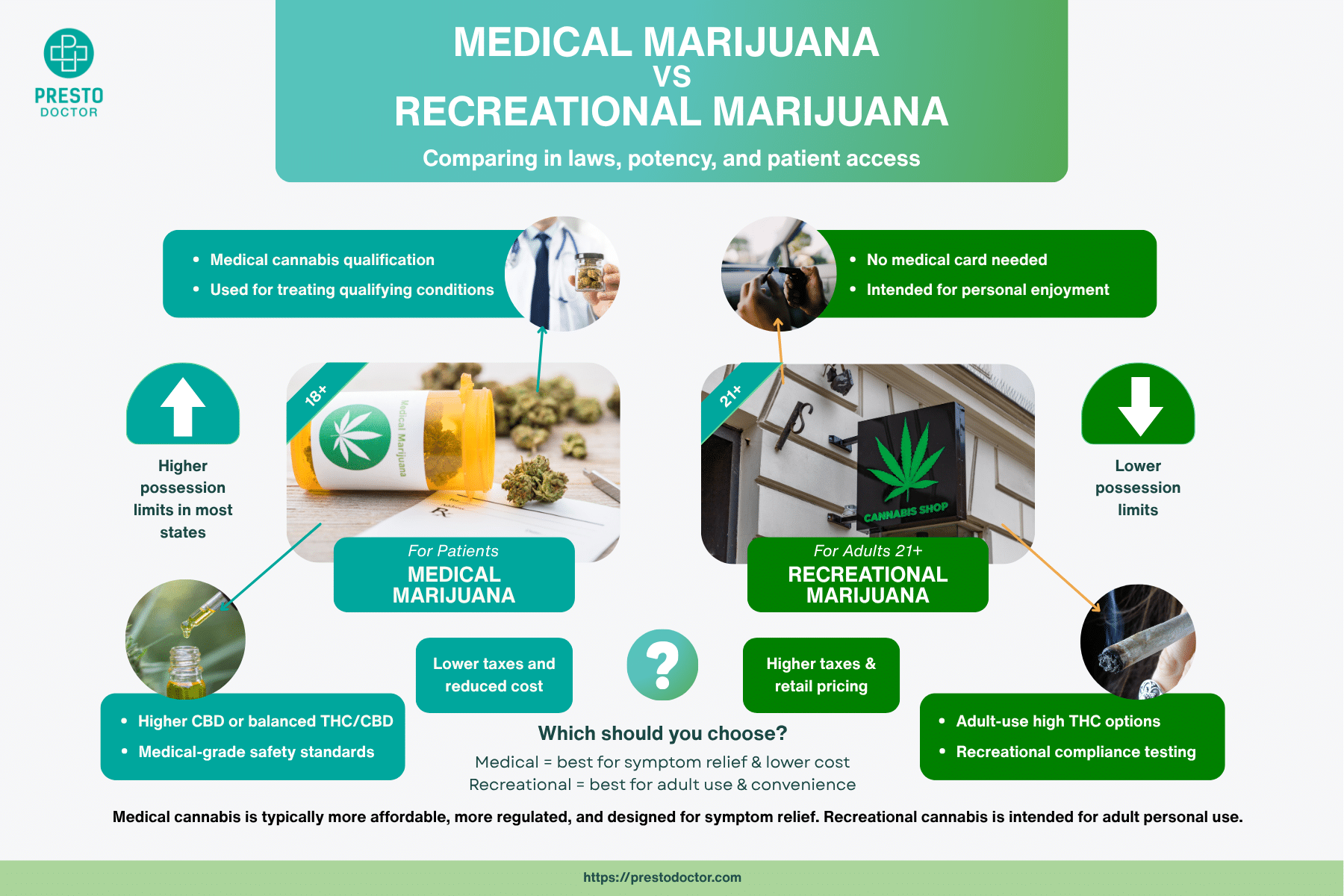
Hashish and weed are both derived from the cannabis plant, but they differ significantly in potency, preparation, and effects. Weed (marijuana) consists of dried cannabis flower buds and leaves, while hashish is a concentrated resin extract from the cannabis plant’s trichomes. The difference between hashish vs weed represents one of the most important distinctions in cannabis products.
The main difference is potency: hashish contains 40-80% THC compared to marijuana’s typical 20% THC levels, making hash significantly stronger and more intense in its effects.
Quick Facts: Hashish vs Weed Comparison
| Factor | Weed/Marijuana | Hashish |
|---|---|---|
| THC Content | 15-30% typical | 40-80% concentrated |
| Form | Dried flower buds and leaves | Compressed resin paste |
| Appearance | Green plant material | Brown, sticky, block-like |
| Production | Dried and cured cannabis | Extracted trichomes and resin |
| Effects | Moderate high | Intense, longer-lasting high |
| Common Names | Weed, pot, marijuana, ganja | Hash, hashish, charas, kief |
First, let’s examine what weed actually is…
What is Weed (Marijuana)?
Marijuana refers to dried leaves, stems, seeds and flowers of the cannabis plant, specifically the cannabis sativa plant. Common street names include weed, pot, grass, Mary Jane, and ganja.
Key Characteristics of Weed:
- Natural form: Dried cannabis flower buds and leaves
- THC concentration: Typically 15-30% (some high-potency strains reach 35%)
- Appearance: Green plant material with visible crystals (trichomes)
- Preparation: Harvested, dried, and cured cannabis plants
- Usage: Smoked, vaped, or used in edibles
How Weed is Made:
- Cultivation: Cannabis plants are grown under controlled conditions
- Harvesting: Mature plants are cut and trimmed
- Drying: Plants are dried to remove moisture
- Curing: Slow drying process to preserve potency and also flavor
- Processing: Trimmed into smokable flower or processed into other forms
In contrast, hashish represents a completely different form of cannabis…
What is Hashish (Hash)?
Hashish is made from the resin of the buds of the cannabis plant, which is then compressed into a sticky brown substance. Hashish is a concentrated form of the cannabis plant, which means there is a high or potent cannabinoid concentration.
Key Characteristics of Hashish:
- Concentrated form: Made from cannabis resin and trichomes
- THC concentration: 40-80% (significantly higher than weed)
- Appearance: Brown, black, or golden sticky blocks or powder
- Preparation: Extracted resin compressed into solid form
- Potency: Much stronger psychoactive effects than regular marijuana
How Hash is Made:
- Trichome extraction: Cannabis resin glands are separated from plant material
- Collection methods:
- Hand-rubbing: Traditional method creating charas
- Dry sifting: Using screens to separate trichomes
- Ice water extraction: Using cold water and agitation
- Pressure and heat: Compressing collected resin
- Compression: Resin is pressed into blocks or cakes
- Curing: Aged to develop flavor and consistency
Now that we understand both substances, let’s explore the critical differences between hashish vs weed…
Hashish vs Weed: Key Differences Explained
1. Potency and THC Levels
The critical difference of hash vs weed is the potency. While regular weed contains 15-30% THC, hashish delivers 40-80% THC concentration. This hash vs weed potency gap means users need significantly smaller amounts of hashish to achieve similar effects. Beginners should start with weed since the hash vs weed potency gap can lead to uncomfortable experiences.
- Weed: Marijuana typically contains around 20 percent THC
- Hash: Hashish tends to contain much higher levels of THC at around 40 to 80 percent
2. Physical Appearance
Weed characteristics:
- Green, dried plant material
- Visible flower buds and leaves
- Crystalline trichomes on surface
- Fluffy, loose texture
Hash characteristics:
- Brown, black, or golden color
- Solid, compressed blocks or powder
- Sticky or crumbly texture
- Dense, concentrated appearance
3. Production Methods
Weed production:
- Direct harvesting of cannabis plants
- Drying and curing process
- Minimal processing required
- Plant material remains intact
Hash production:
- Extraction of resin from plant material
- Concentration and compression techniques
- Multiple processing steps
- Plant material is removed, leaving only resin
4. Effects and Duration
Furthermore, the hashish vs marijuana effects vary significantly. The hashish vs marijuana effects differ not just in intensity, but in duration.
Weed effects:
- Moderate psychoactive effects
- Typical duration: 2-4 hours
- Gradual onset when smoked
- More manageable for beginners
Hash effects:
- Hashish often has stronger side effects than marijuana because of these higher THC levels
- Because hashish contains more THC, it tends to produce stronger psychoactive effects than marijuana
- Longer duration: 4-8 hours
- Faster, more intense onset
- More potent body and mental effects
Methods of Consumption: Hash vs Weed
Additionally, consumption methods differ between these two cannabis forms.
Common Ways to Use Weed:
- Smoking: Joints, pipes, bongs
- Vaping: Dry herb vaporizers
- Edibles: Baked goods, gummies, drinks
- Tinctures: Sublingual drops
- Topicals: Creams and balms
Common Ways to Use Hash:
- Smoking: Mixed with tobacco or weed
- Vaporizing: Specialized hash vaporizers
- Dabbing: Hash can also be vaporized or dabbed using special tools
- Hot knives: Traditional heating method
- Edibles: Both marijuana and hash can be added to food and consumed as edibles
Effects Comparison: Hashish vs Marijuana
Typical Weed Effects:
- Euphoria and relaxation
- Altered perception of time
- Increased appetite (“munchies”)
- Dry mouth and red eyes
- Enhanced sensory experiences
- Social and talkative feelings
Typical Hash Effects:
Because hash is more potent, these effects tend to be stronger and may include:
- Intense euphoria and body high
- Stronger psychoactive experiences
- Deep relaxation and sedation
- More pronounced appetite stimulation
- Heightened sensory distortions
- Longer-lasting effects
Onset Time by Consumption Method:
| Method | Weed Onset | Hash Onset | Duration |
|---|---|---|---|
| Smoking/Vaping | 2-5 minutes | 1-3 minutes | 2-4 hours (weed), 4-6 hours (hash) |
| Edibles | 30-90 minutes | 30-120 minutes | 4-8 hours (both, hash stronger) |
| Dabbing | Immediate | Immediate | 3-6 hours |
Safety Considerations and Risks
Moreover, safety considerations become especially important when comparing hash vs weed potency.
General Cannabis Risks (Both Hash and Weed):
- Impaired cognitive function
- Potential for psychological dependence
- Respiratory issues if smoked
- Impaired driving and coordination
- Possible anxiety or paranoia in some users
Additional Hash-Specific Risks:
- Higher potency increases risk of overconsumption
- More intense effects may be overwhelming for new users
- Adulterants: Some hash may contain adulterants in the substance, such as sand, plastic, or even dung
- Harder to dose due to concentration
- Longer-lasting effects may be problematic in some situations
Harm Reduction Tips:
- Start with very small amounts, especially with hash
- Wait at least 2 hours before taking more when using edibles
- Use in a safe, comfortable environment
- Avoid driving or operating machinery
- Stay hydrated and have snacks available
- Choose lab-tested products when available
Legal Status: Hash vs Weed
However the similarities and differences, legal implications remain complex for both substances.
United States:
- Federal level: Both are federally illegal under the Controlled Substances Act
- State level: Laws vary significantly by state
- Medical use: Many states allow both for medical cannabis patients
- Recreational use: Legal states typically include both forms
- Hemp derivatives: CBD products legal if under 0.3% THC
International Status:
- Netherlands: Tolerated in coffee shops
- Canada: Both legal for recreational use
- Portugal: Decriminalized for personal use
- Most countries: Both remain illegal
- Medical programs: Some countries allow medical cannabis including hash
Important: Always check local and state laws before purchasing, possessing, or using either substance.
Cost and Availability Comparison
Typical Pricing:
- Weed: $8-15 per gram (varies by quality and location)
- Hash: $15-30 per gram (higher due to concentration process)
- Medical programs: Often similar pricing structures
- Black market: Prices vary significantly by region
Availability Factors:
- Weed: More widely available in legal markets
- Hash: Less common in some regions, specialty product
- Quality control: Legal markets offer lab-tested options
- Variety: Weed typically has more strain options
Which is Right for You?
Ultimately, choosing between hashish vs weed depends on several factors.
Choose Weed If You:
- Are new to cannabis
- Want more control over dosing
- Prefer milder effects
- Enjoy the ritual of smoking flower
- Want more strain variety
- Need daytime use options
Choose Hash If You:
- Are experienced with cannabis
- Want stronger, longer-lasting effects
- Prefer concentrated products
- Don’t mind higher costs
- Want maximum potency
- Are using for specific medical conditions requiring higher doses
Quality and Purity Considerations
Identifying Quality Weed:
- Appearance: Vibrant colors, visible trichomes
- Smell: Strong, pleasant aroma
- Texture: Sticky but not overly moist
- Lab testing: THC/CBD levels, pesticide screening
- Source: Reputable dispensary or grower
Identifying Quality Hash:
- Color: Rich brown, gold, or black (avoid green tints)
- Texture: Should be pliable, but not too hard or crumbly
- Smell: Strong, resinous aroma
- Purity: No visible adulterants or foreign materials
- Lab testing: Potency and contamination screening
Red Flags to Avoid:
- Unusual colors (bright green, white specks)
- Chemical or plastic smells
- Excessive moisture or mold
- Very cheap prices (may indicate poor quality)
- Lack of proper storage or handling
The Future of Hash and Weed
Industry Trends:
- Legalization: More states and countries moving toward legal markets
- Quality control: Increased lab testing and safety standards
- Product innovation: New extraction methods and consumption options
- Medical research: Growing studies on therapeutic applications
- Standardization: Better dosing and consistency in products
Emerging Products:
- Live resin: Fresh-frozen extraction methods
- Rosin: Solventless hash production
- Full-spectrum extracts: Preserving complete cannabinoid profiles
- Microdosed products: Better control for beginners
- Medical formulations: Targeted therapeutic products
Frequently Asked Questions
Yes, hashish is significantly stronger than weed. While marijuana typically contains around 20 percent THC, hashish tends to contain higher levels of THC, around 40 to 80 percent.
Weed appears as dried green plant material with visible flower buds and leaves, while hashish looks like compressed brown, black, or golden blocks or powder with a sticky or crumbly texture. Hashish is made from the resin of the buds of the cannabis plant, which is then compressed into a sticky brown substance.
Hashish is frequently smoked, like weed, but it’s often mixed with tobacco or regular marijuana because of its concentrated nature. Hash can also be vaporized, dabbed, or consumed as edibles.
Weed effects typically last 2-4 hours when smoked, while hash effects can last 4-8 hours due to its higher potency. Because hashish contains more THC, it produces stronger psychoactive effects than marijuana that are also longer-lasting.
Kief is the collection of loose trichomes that fall off cannabis flowers, while hash is kief that has been compressed and heated to form a solid block. Hash is essentially processed kief.
Hash is made by extracting and concentrating the resin glands (trichomes) from cannabis plants through various methods. The extracted resin is then compressed into blocks.
THC in hashish is many times more potent that the levels of THC found in marijuana, but both will show up as THC on drug tests. Hash may remain detectable longer due to its higher potency and the larger amounts of THC.
Conclusion
The choice between hashish and weed ultimately depends on your experience level, desired effects, and personal preferences. The major difference between the two is that the term “weed” usually applies to dried pieces of the plant, mainly flower buds, while hash is a paste from resin, or sap of the plant. Hash contains a higher concentration of psychoactive chemicals.
For beginners, weed offers a more manageable introduction to cannabis with moderate effects and easier dosing. Experienced users may prefer hash for its potency, longer duration, and intense effects. Keep in mind that the hash vs weed potency differences are dramatic. Regardless of your choice, always prioritize safety, start with small amounts, and ensure you’re complying with local laws.
As cannabis legalization expands, both products are becoming more accessible through regulated markets, offering better quality control and safety standards than ever before. Whether you choose the traditional flower experience of weed or the concentrated potency of hash, understanding these differences helps you make informed decisions about cannabis consumption.






